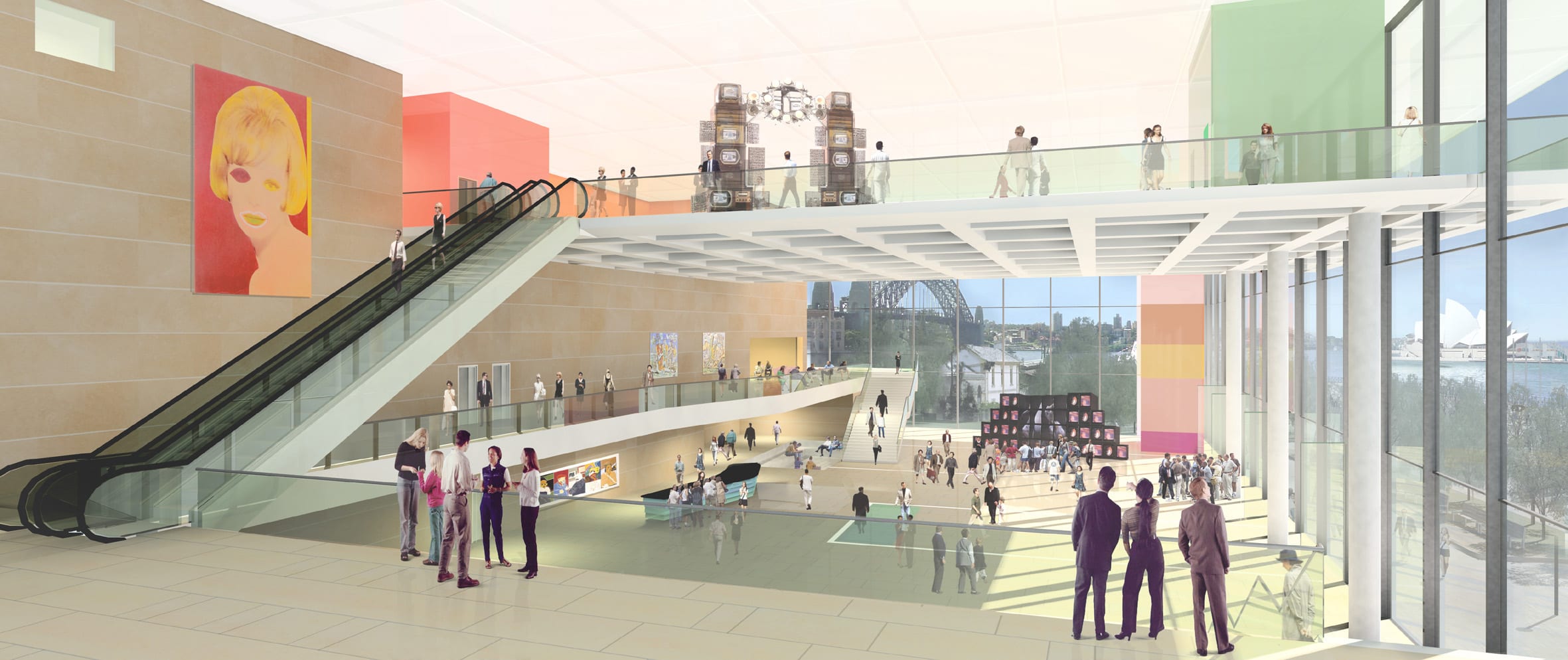
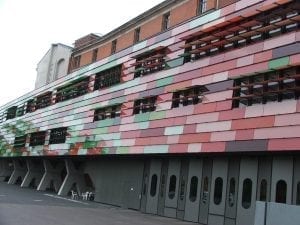
GSW Competition, Berlin Winner Police and Fire Station, Berlin (competiiton 2002, completion 2004)
COMPETITIONS: Many architecture firms today have a multinational composition, and Sauerbruch Hutton is no exception. You started out in London, but moved to Berlin in 1993. Can I assume that was because you won a big competition here, then decided to stay?
MATTHIAS SAUERBRUCH: We started the office in London because Louisa and I met and got our BA in London. We then worked in offices in London, and basically through a number of circumstances decided to set up our own office. During that time we did a number of competitions on the continent, because in Britain there were hardly any competitions, whereas in Germany there were all of these big building projects which were competitions. One of the first competitions we entered, we won (GSE Headquarters Building, Berlin). We discovered fairly soon that there was no chance of actually realizing this project unless we were there. The other reason was that Berlin was really the most interesting place in Europe at that time. It just seemed it would be a missed opportunity not to be part of that. Once we started to set up an office, with all the infrastructure, and all the people attached, it becomes slightly less mobile. The irony is that for some years now we have not had any work in Berlin; it’s all elsewhere. But it is a nice place to be.

COMPETITIONS: In this day and age, with communications as they are, you can be almost anyplace
MS: Except that you do have to travel a lot. We do spend a lot of time traveling, almost three days a week now, to different parts of the world. But it has become much more feasible than it used to be.
COMPETITIONS: Much of your work has come from winning competitions. How do you choose which competition to enter, and how does that work within the firm?
MS: For young practices, a competition is a marvelous way of advancing their careers, especially if it is an anonymous competition, where nobody knows whether it is a large, experienced firm, or two guys doing it on their kitchen table. For us, that was our great break, because we were actually two guys on the kitchen table at the time. On the basis of that project, we built up our practice. Since then we have continuously been doing competitions — there are usually one or two competitions we are working on in the office at any time. But we are becoming increasingly flexible. That has to do with financial considerations, because competitions cost money. We usually do the ones which contribute a little towards the cost of participating. It’s also a case of what type of building you are interested in. We do use competitions as a tool for research, so we prefer to choose a subject which we haven’t done already. Quite often we get invited to do invited competitions for office buildings; but if it is an open competition where a lot of firms are entering, and it is a building we are interested in, we treat it more as a research project. Once we start to do one, we have a whole crew of people who work almost exclusively on the competition.
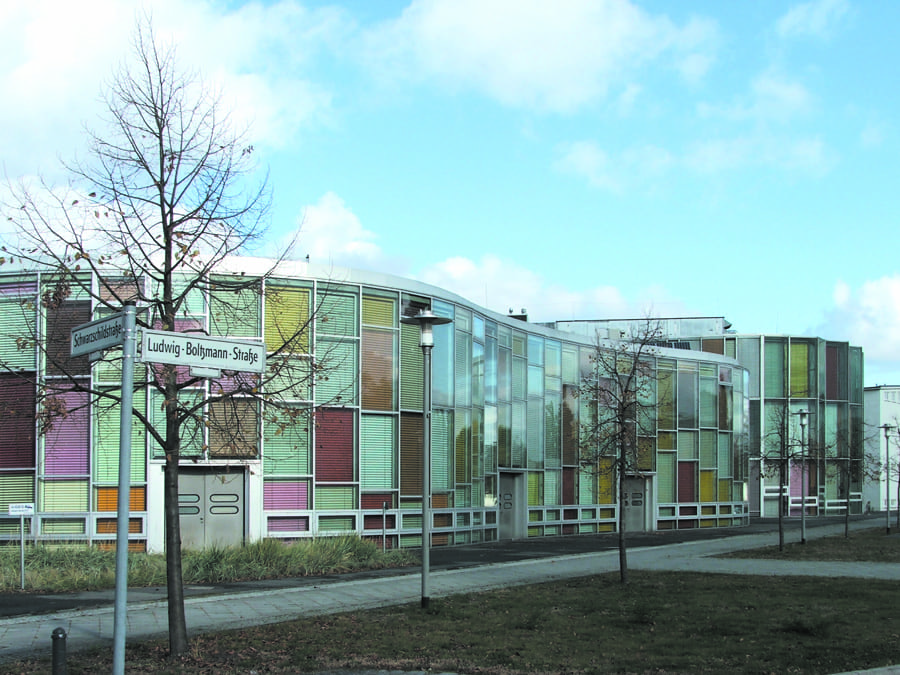

In France, for example, it is often that an architect, who is the head of a jury, is the most important person. In Germany, juries are made up of both architects and laypersons — users, planners, etc. In France it can often be just an architect and the client. It’s quite often that the architects says, ‘I like that one.’ There it can be based more on aesthetics than on conceptual ideas which are behind it.
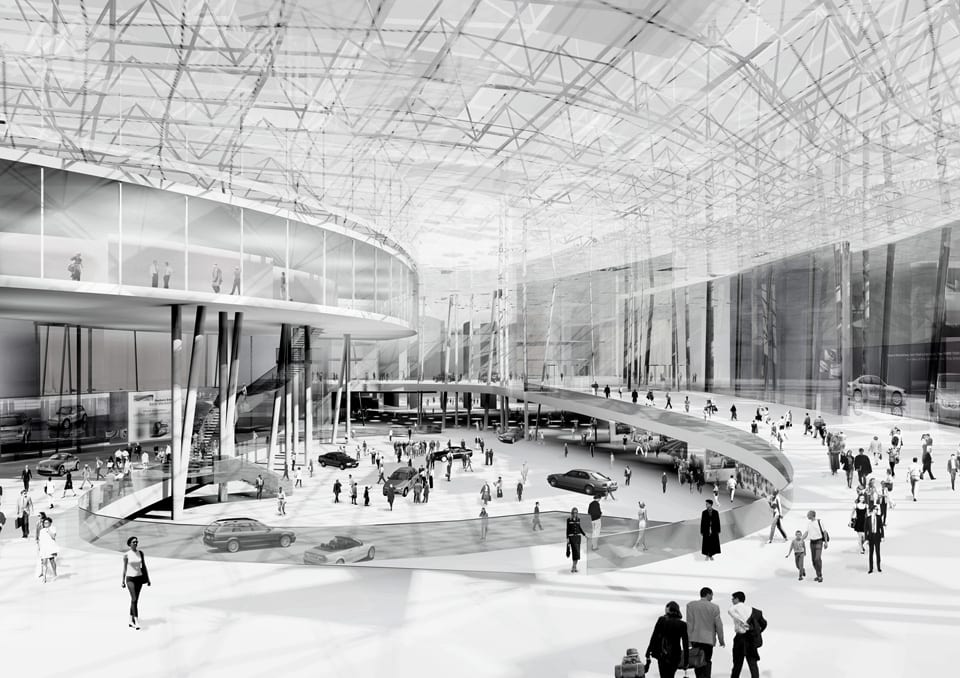
COMPETITIONS: There can be a big learning curve for laypersons on juries.
MS: I have been on juries, and also the head of juries, and it is indeed often an exercise in education that you somehow have to explain to laypersons your arguments. Sometimes it’s quite a steep curve for somebody who has never done it before. It also depends on the willingness of that person.
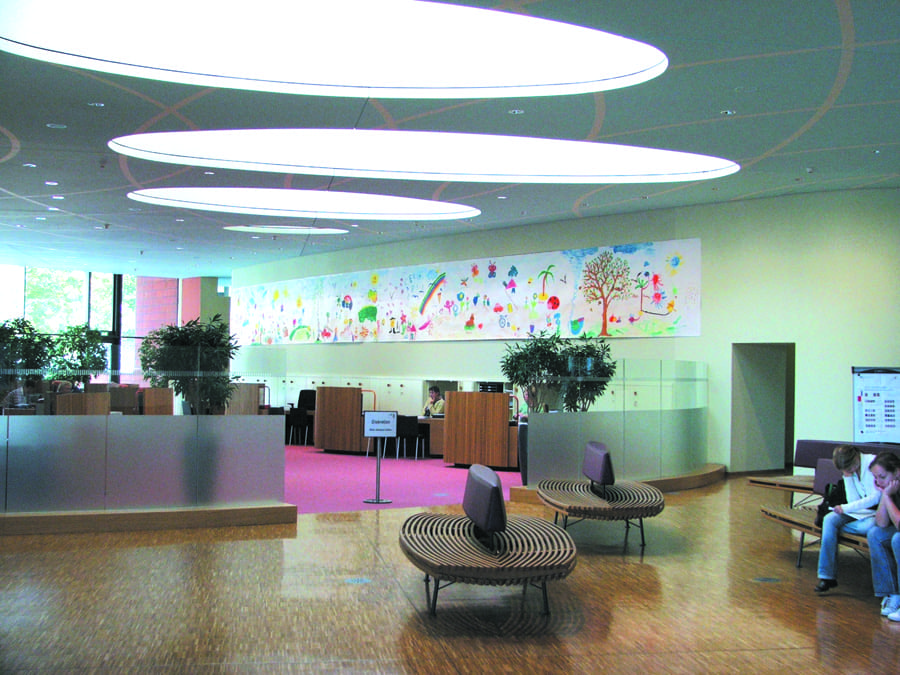
COMPETITIONS: Detail is often what can make a building interesting or lend it an aura of mediocrity. Frank Gehry’s neo-Baroque treatment is probably the extreme. You seem to occupy a middle ground. In this sense, I wondered if bringing an artist in to design the air shafts in the Environmental Building in Dessau was part of the competition proposal, or did this occur after you got the commission?
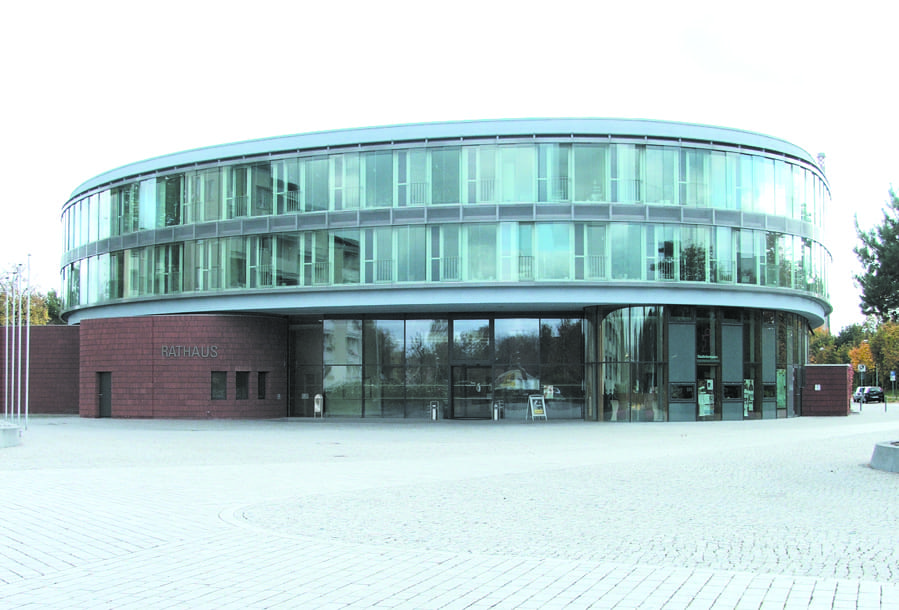
COMPETITIONS: Most firms become known for a certain building type. You have won competitions in a number of areas, from office towers to museums, to fire stations. Is there an area where you haven’t been that you would like to challenge?
MS: We just finished a competition for a small concert hall. We worked with the same acoustician who did the Disney Hall in Los Angeles. It was a great experience to work with people like that.

COMPETITIONS: You have been teaching in the U.S. Did you find the teaching experience there with students quite different than here in Germany?
MS: Yes. I thought that the students at Harvard were fantastically attentive, capable and very disciplined. As a visiting professor, I came every two weeks with little programs to develop. After two weeks you would find that they have done the work, they have read the sources you have given them, they have questions to ask, carry on a dialogue, etc. We covered an amount of ground that it would have taken me twice the time with German students. Another characteristic is that the students are more structured in that they almost are expecting the teacher to give them a lot of guidance. If you make a suggestion as to which direction they might take in resolving a design problem, in almost 80 percent of the cases they will follow your advice; whereas in Europe you get quite the opposite. European students seem less flexible in that sense. Still, it’s difficult to make generalizations covering everyone.
